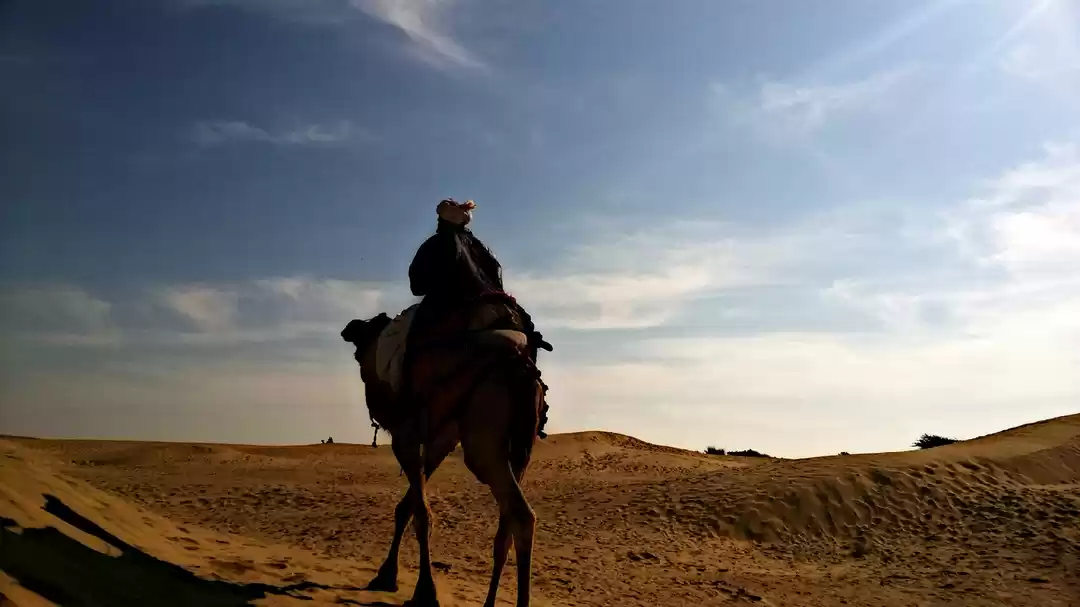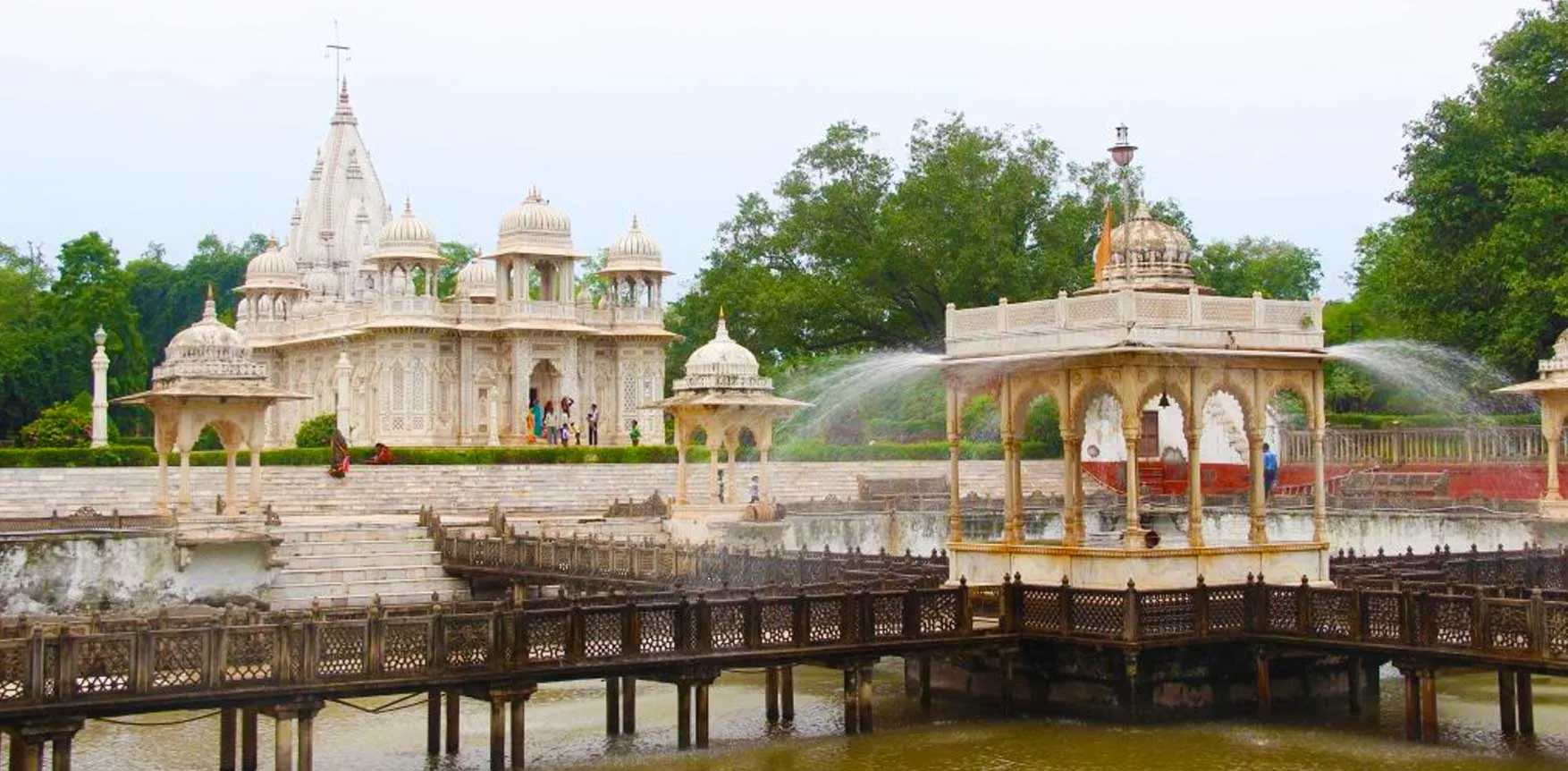Tripura, located in northeastern India, is known for its stunning landscapes, rich cultural heritage, and historical landmarks. Surrounded by Bangladesh, it features scenic hills, lakes, and wildlife sanctuaries like Sepahijala. Key attractions include the Ujjayanta Palace, Neermahal Water Palace, and the Tripura Sundari Temple. The state is also famous for its handicrafts, including handwoven textiles, wood carvings, and bamboo products. Tripura offers a perfect blend of nature, tradition, and history, making it a must-visit destination.
1. Tripura Sundari Temple
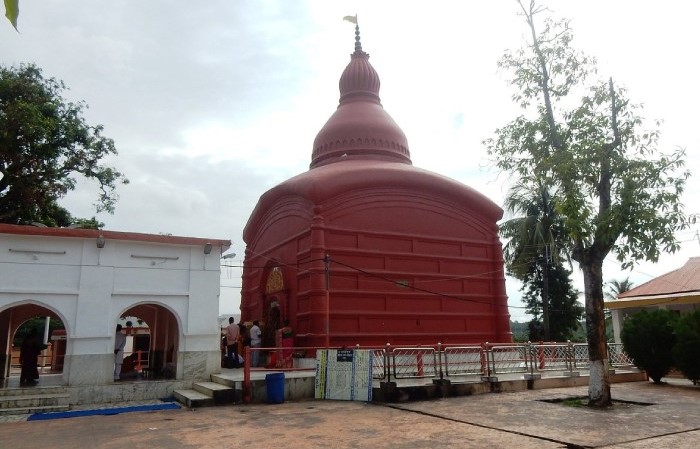
The Tripura Sundari Temple stands as one of the 51 Shakti Peethas, situated in Udaipur, Tripura, India. This temple honors Goddess Tripura Sundari, a form of Goddess Durga, and holds a prominent place among the most venerated temples in the region. Renowned for its exquisite architecture, the temple also plays a crucial role in Hindu mythology. Legend has it that a fragment of Goddess Sati’s body descended at this location, establishing its status as a holy site.
Location : The Tripura Sundari Temple is located in Udaipur, a town in the South Tripura district of Tripura, India.
Timing : The Tripura Sundari Temple is generally open for devotees throughout the week, with the following timings:
- Morning: 5:00 AM to 12:00 PM
- Afternoon: 3:00 PM to 9:00 PM
Entry Fee : There is no entry fee for visiting the Tripura Sundari Temple.
2. Neermahal
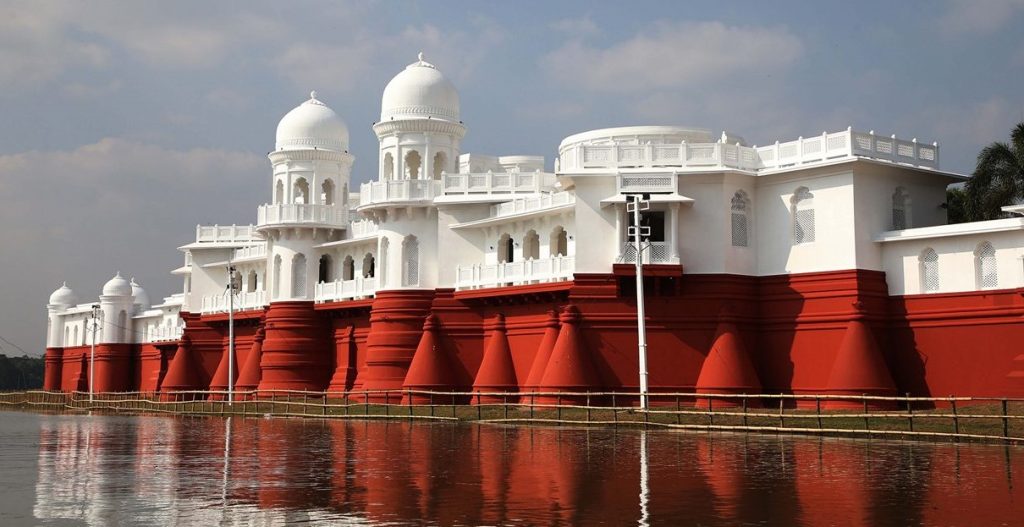
Neermahal, referred to as the Water Palace, stands majestically in the center of Rudrasagar Lake in Melaghar, approximately 53 kilometers from Agartala, the capital city of Tripura. Constructed in the early 1900s by Maharaja Bir Chandra Manikya, this palace showcases a remarkable fusion of Hindu and Mughal architectural elements. The Tripura royal family utilized Neermahal as their summer retreat.
Location : Neermahal is located in Melaghar, a town in the West Tripura district of Tripura, India.
Timing : The visiting hours for Neermahal are generally:
- Morning: 9:00 AM to 12:30 PM
- Afternoon: 2:00 PM to 5:00 PM
- The palace is closed on Mondays.
Entry fee : The entry fees for Neermahal are as follows:
- For Indian tourists: ₹20-₹30 per person (may vary slightly)
- For foreign tourists: ₹100-₹150 per person
3. Unakoti Rock Carvings
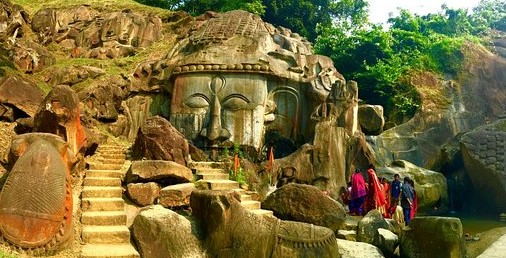
Unakoti Rock Carvings stands as a prominent archaeological site nestled in the Unakoti Hills of the Kailashahar region in North Tripura, India. Renowned for its remarkable rock-cut sculptures, Unakoti ranks among the most important and distinctive heritage locations in the state. The site showcases a multitude of large stone carvings depicting deities, divine figures, and legendary characters, with the most striking being the massive head of Lord Shiva. According to local legend, the term “Unakoti” translates to “one less than a crore” (99 lakhs), alluding to a mythical tale in which a total of ten million stone carvings were created, leaving one incomplete, thus highlighting the site’s exceptional nature.
Location : Unakoti Rock Carvings is located in Unakoti Hills, near the town of Kailashahar in North Tripura, India.
Timing : The visiting hours for Unakoti Rock Carvings are typically:
- Morning: 6:00 AM to 6:00 PM
Entry Fee : The entry fee for Unakoti Rock Carvings is generally:
- For Indian tourists: ₹10-₹20 per person
- For foreign tourists: ₹50-₹100 per person
4. Rudrasagar Lake
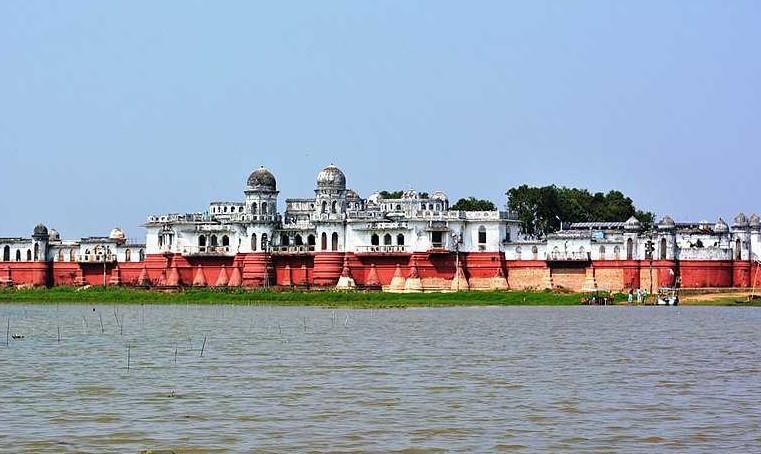
Rudrasagar Lake, situated in Melaghar approximately 53 kilometers from Agartala, the capital city of Tripura, offers breathtaking views and is renowned for its natural beauty. Its close proximity to Neermahal, a well-known water palace, enhances its appeal. Covering an area of around 2.5 square kilometers, the lake is enveloped by vibrant greenery, attracting numerous tourists and nature lovers. This lake holds considerable cultural and historical significance, often linked to the royal heritage of Tripura. Neermahal was constructed on its waters by Maharaja Bir Chandra Manikya during the 20th century. The serene surface of Rudrasagar Lake creates a picturesque setting for the palace, making it an excellent location for boating and exploration.
Location : Rudrasagar Lake is located in Melaghar, a town in the West Tripura district of Tripura, India.
Timing : Rudrasagar Lake is an open, natural site and does not have fixed visiting hours.
Entry fee : There is no entry fee for visiting Rudrasagar Lake, as it is a natural open area.
5. The Fourteen Gods’ and Goddesses’ Temple
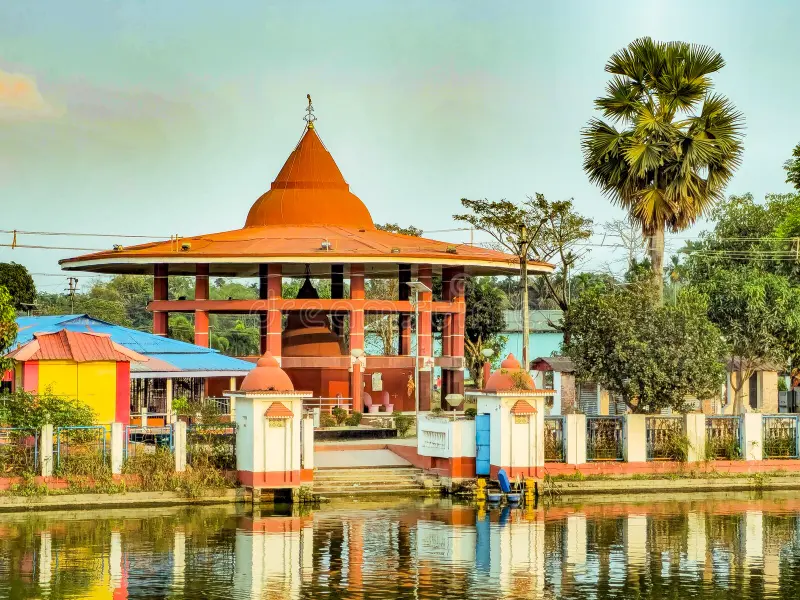
The Fourteen Gods’ and Goddesses’ Temple (also known as Chaturdasha Devta Temple) is a notable religious site located in the town of Unakoti in Tripura, India. The temple is dedicated to fourteen Hindu deities, including various gods and goddesses worshipped in the region.
The temple is famous for its rock-cut sculptures and carvings of these fourteen deities, which are believed to have been created during the 7th to 9th centuries. The idols are sculpted into the rock faces of the hills and are an important part of the Unakoti Rock Carvings complex.
Location : The Fourteen Gods’ and Goddesses’ Temple is located in Unakoti, which is near the town of Kailashahar in North Tripura, India. The temple is part of the larger Unakoti Rock Carvings site.
Timing : The Fourteen Gods’ and Goddesses’ Temple in Unakoti is part of the broader archaeological site, and it is generally open to visitors throughout the day. The typical visiting hours for the site are:
- Morning: 6:00 AM to 6:00 PM
Entry Fee : The entry fee for visiting the Fourteen Gods’ and Goddesses’ Temple in Unakoti is typically included in the general entry fee for the Unakoti Rock Carvings site:
- For Indian tourists: ₹10-₹20 per person
- For foreign tourists: ₹50-₹100 per person
6. Tripura State Museum
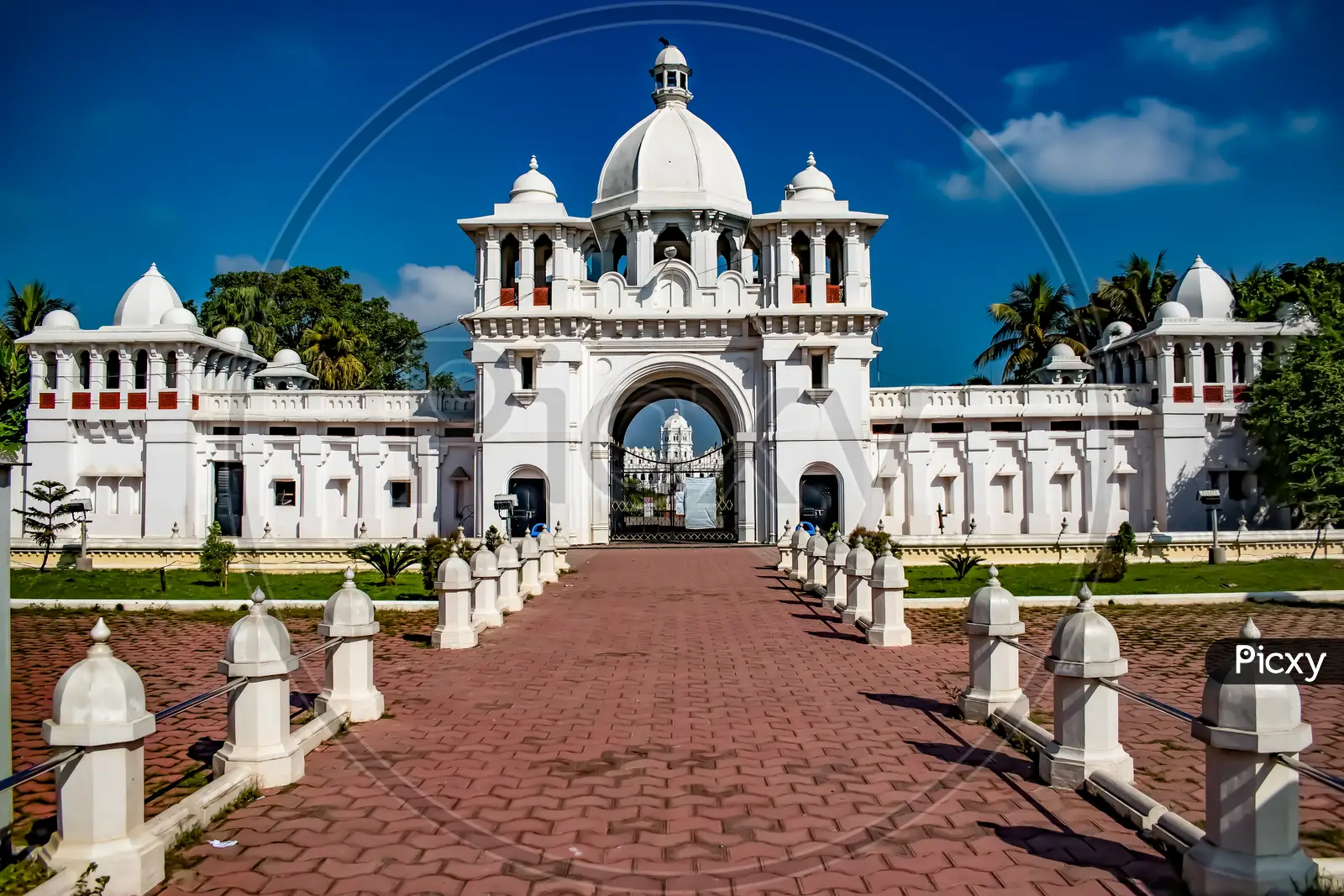
The Tripura State Museum, situated in Agartala, the capital city of Tripura, acts as a cultural center that highlights the state’s extensive history, heritage, and diversity. This museum occupies a beautifully designed structure and plays a crucial role in safeguarding the art, culture, and historical relics of Tripura and the northeastern part of India.
Location : The Tripura State Museum is located in Agartala, the capital city of Tripura, India.
Timing : The typical visiting hours for the Tripura State Museum are:
- Tuesday to Sunday: 10:00 AM to 4:30 PM
- Closed on Mondays and public holidays
Entry Fee : The entry fee for the Tripura State Museum is:
- For Indian tourists: ₹10 per person
- For foreign tourists: ₹50 per person
7. Pilak Historical Palace
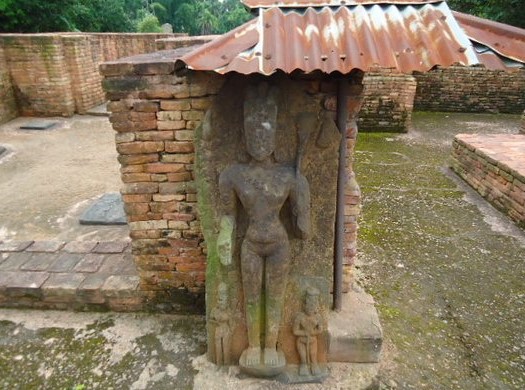
Pilak Historical Palace, referred to as Shyam Sundar Ashram, stands as a significant historical landmark in the Pilak region, approximately 100 kilometers from Agartala, the capital of Tripura. This site is renowned for its ancient ruins, intricate sculptures, and rich historical context. It holds a prominent place in the royal history of Tripura, particularly linked to the Maharajas of the region. The Pilak Palace is thought to have served as a royal dwelling and a vital hub for cultural and administrative activities. Its temples and sculptures showcase a blend of Bengali, Assamese, and Indo-Aryan architectural influences. The area features numerous rock-cut sculptures and ancient religious carvings, many depicting various Hindu deities.
Location : Pilak Historical Palace (Shyam Sundar Ashram) is located in the Pilak area of South Tripura, India.
Timing : The typical visiting hours for Pilak Historical Palace (Shyam Sundar Ashram) are:
- Morning: 9:00 AM to 5:00 PM
Entry Fee : The entry fee for Pilak Historical Palace (Shyam Sundar Ashram) is generally:
- For Indian tourists: ₹10 per person
- For foreign tourists: ₹50 per person
Famous Food In Tripura
1. Mui Borok
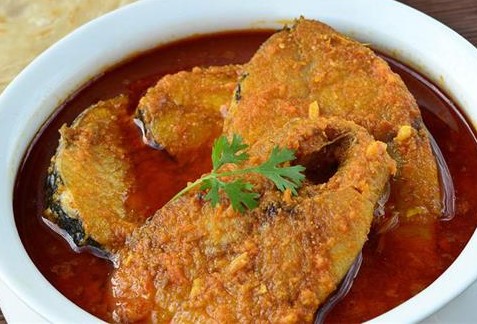
Mui Borok is a traditional and significant dish in the cuisine of the Tripuri people, native to Tripura, India. It is a rice-based dish that is often considered a staple food in the region. The preparation of Mui Borok is closely associated with the culture and lifestyle of the Tripuri community.
Ingredients : rice flour and pork
2. Mosdeng Serma

Mosdeng Serma is a popular street food from Tripura that is known for its spicy and tangy flavor. Unlike the traditional version made with fermented fish (berma), this version often includes tomatoes, red chili, garlic, and berma (fermented fish), making it a unique and tasty condiment that pairs well with various local dishes.
Ingredients : tomatoes , red chilli , garlic and berma
3. Gudok
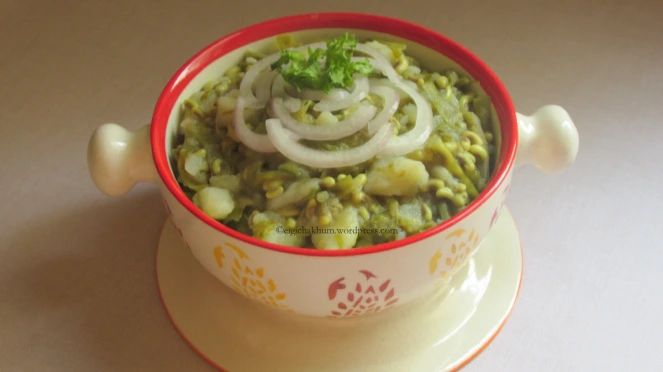
Gudok is a traditional dish from Tripura that reflects the state’s rich culinary culture, particularly among its indigenous communities. It is a type of vegetable stew made with a variety of local vegetables and often flavored with fermented fish (berma) or sometimes meat like pork or chicken. The dish is known for its simple, rustic flavors, and it is a staple in Tripuri households, especially during festivals and family gatherings.
Ingredients : vegetables , berma and bamboo pipes
4. Kheertua
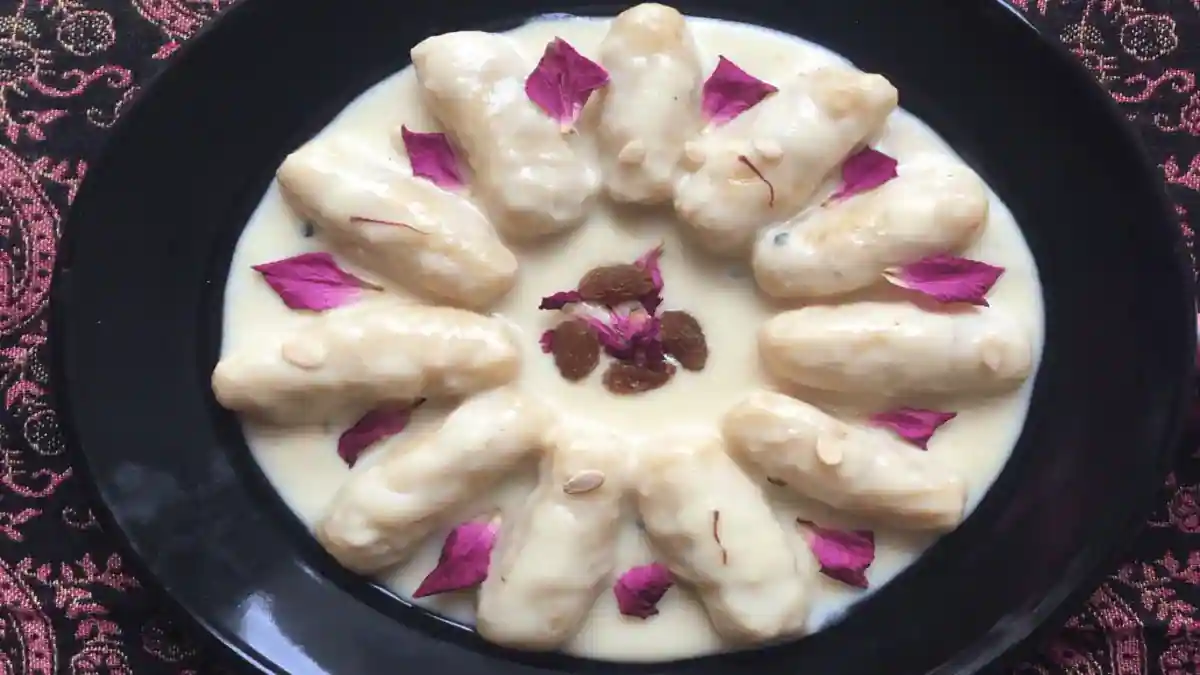
Kheertua is a traditional sweet dish from Tripura that is enjoyed by the locals, especially during festivals, special occasions, and celebrations. It is a simple yet delicious dessert made primarily from rice and jaggery, which gives it a unique flavor and sweetness. Kheertua is loved for its comforting, warm nature and its ability to bring out the natural sweetness of the ingredients.
Ingredients : rice & rice flour , coconut and jaggery




